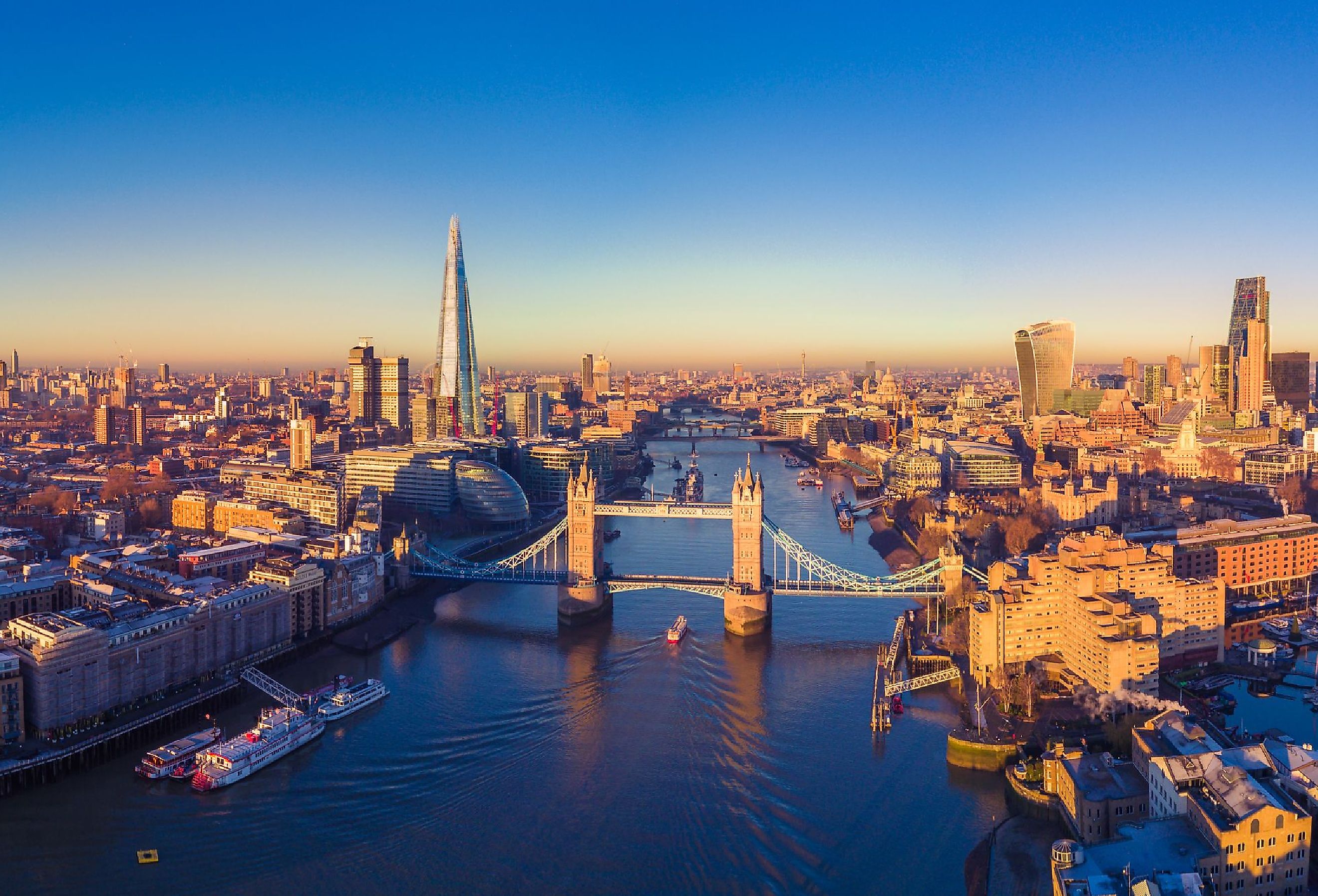
The Richest Cities in History
While wealth is relative, certain cities throughout the history of mankind have amassed more riches than others. Some cities have since faded while others are still in the midst of their economic boom. Whether the center of the economic world or home to the rich elite, each of these seven cities is worthy of recognition.
1. London, England
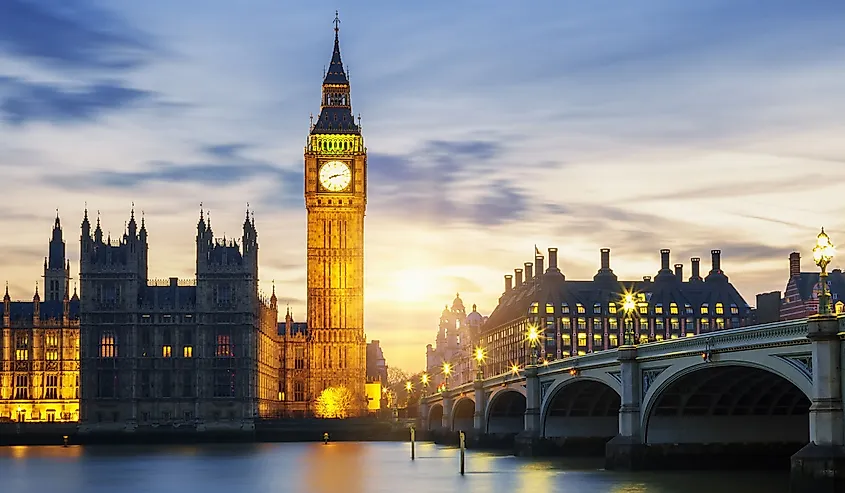
It should be no surprise that the beating heart of the British Empire acquired immeasurable wealth at the apex of its power. Dominated by British colonial expansion in the 19th century, by the end of the First World War, British control had spread to over a quarter of the globe.
Most of the money generated from trade and free enterprise found its way back into London. London served as the world's economic hub until New York surpassed it in the 1920s.
London is still a very rich city today but a far cry from what it once was. Many marvels and monuments from this unprecedented economic boom, such as the Big Ben clock tower, are present in the city and serve as a direct connection to its golden age.
2. New York, United States of America
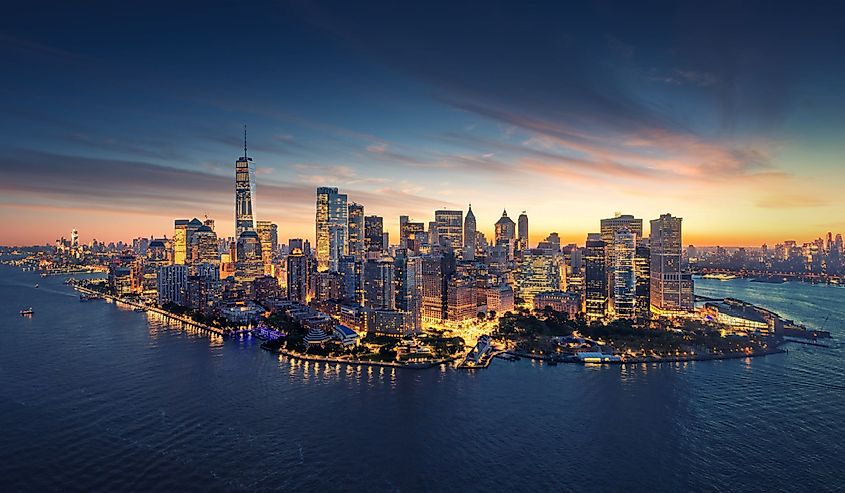
Overtaking London in the early 20th century, the Big Apple still remains the economic center of the world. Home to the New York stock exchange and Wall Street, finance and wealth have always been defining characteristics of this city.
Money poured into New York in the early 1800s as it was one of the first major American cities to industrialize. As factories and other large businesses expanded, it was only a matter of time before New York took center stage in global economics. New York and by extension, the US boasts the largest economy in the world today.
3. Constantinople, Byzantine Empire
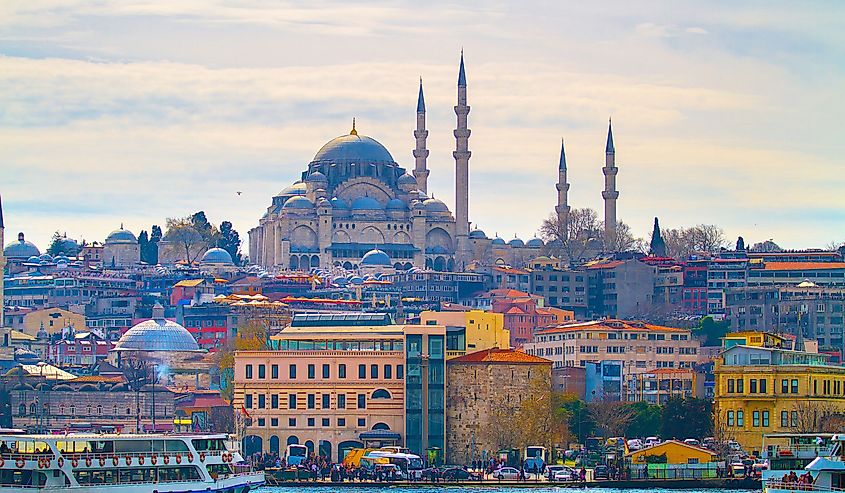
Known today as Istanbul in modern times, the city of Constantinople was once the most envied city on earth. Leading the world in innovation, science, and wealth, the capital of the Eastern Roman Empire was a key player in the lucrative Silk Road.
Often serving as the final destination for valuables coming from India, China, and the Middle East, the advantageous location of Constantinople made it obscenely wealthy. The city continued to flourish after the Turkish conquest in 1453, but it never reached the same levels of influence and prestige that was once achieved by the Romans.
4. Rome, Italy
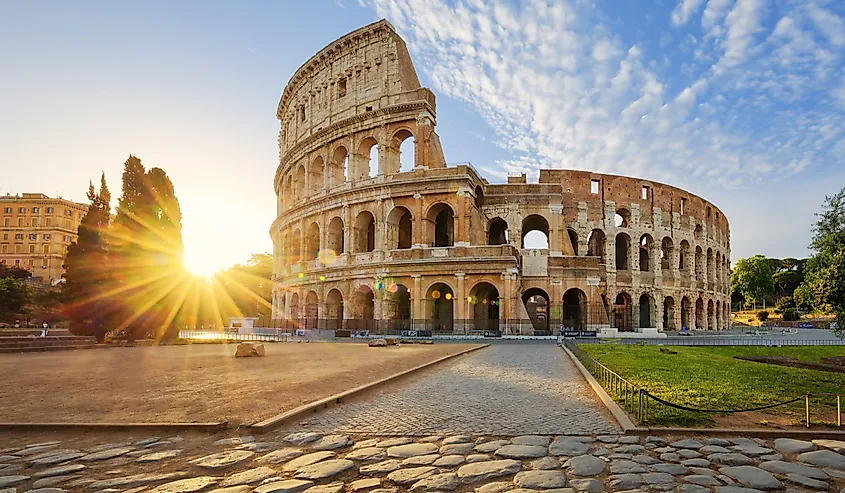
The apex of ancient civilization, Rome at its height had no rivals. By the end of the 1st century AD, Rome had grown to encompass all of the Mediterranean, increasing its riches.
Serving as the capital of the empire for centuries, Rome quickly expanded in both size and wealth. Ambitious businessmen and merchants flooded into the city as well, desperate to sell their goods to the elites of Roman society. It was during this period that the Silk Road was first established between east and west.
5. Timbuktu, Mali
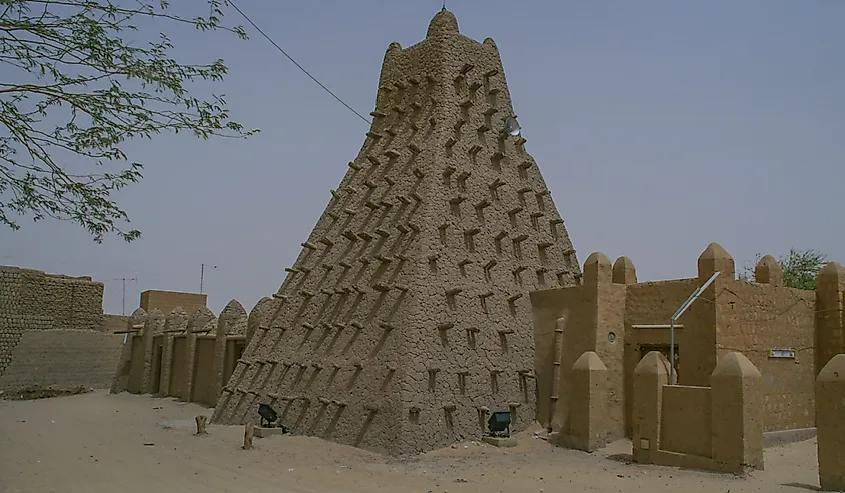
Going through a golden age during the 14th and 16th centuries AD, the city of Timbuktu sat at the crossroad between the African subcontinent and the wealthy Muslim Caliphates in the Middle East. Trade in gold, ivory, and slaves became staples of the city's economy.
This steady growth in wealth launched the construction of the famous Djinguereber, Sankore, and Sidi Yahia mosques, along with the completion of the Sankore University. After the city's capture and sacking in 1591 by the Morrocans, it never recovered. Sadly, today the city is a shadow of its former self despite multiple attempts at restoration projects.
6. Baghdad, Iraq
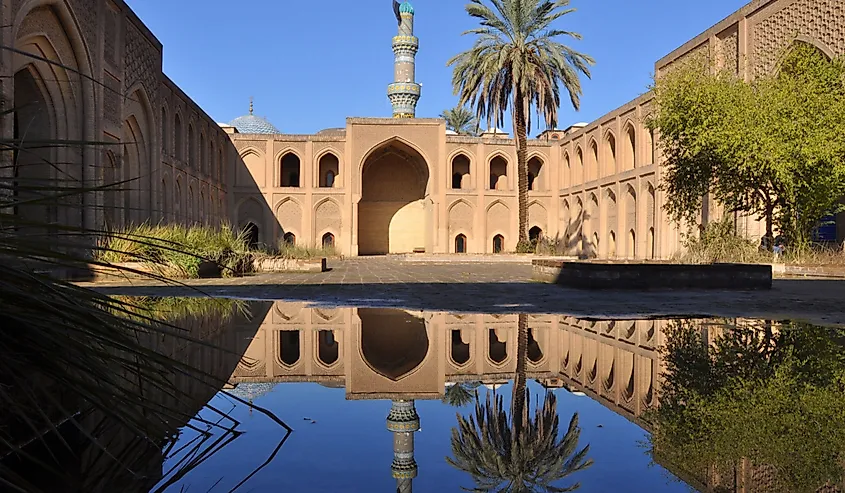
In the center of the famed Islamic Golden Age, the city of Baghdad flourished, leading the world in mathematics, science, literature, and trade. Baghdad remained one of the wealthiest cities in the world for centuries.
Serving as a middleman in the trade between Asia, Europe, and India, Baghdad grew exponentially. The infamous House of Wisdom built in the 9th century was a hub of learning until destroyed during the Mongol invasion. The conquest of the Mongols was so brutal that many historians agree that this was the sole reason the city was unable to regain its lost prominence.
7. Damascus, Syria
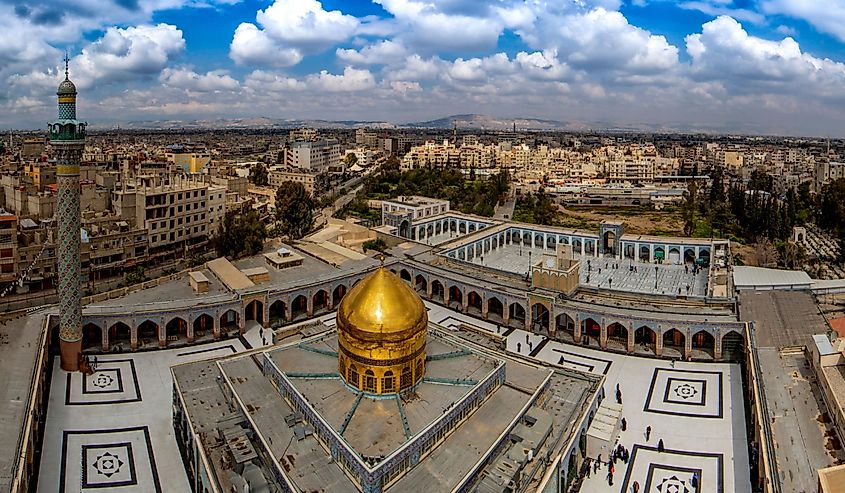
Serving as the seat of power for countless caliphates, Damascus has experienced a litany of economic booms and busts. With a history older than any other city on the planet, Damascus reached its economic apex in the 9th century.
The location of the city made it an ideal stop for traders and merchants looking to travel both east and west. Like many other cities, Damascus grew rich through taxes, tariffs, and trade along the Silk Road. Contemporary Damascus is not the powerhouse it once was, but it is on an admirable and steady road to recovery in spite of the consequences of over a decade of war.
Summary
Money may come and go but many of the monuments and cultures created by it are eternal. If it was not for the vast riches of these cities and empires many of the priceless and iconic landmarks that are present today would not exist. Only time will tell if some of the richest contemporary cities are able to create a lasting legacy in future history books.











